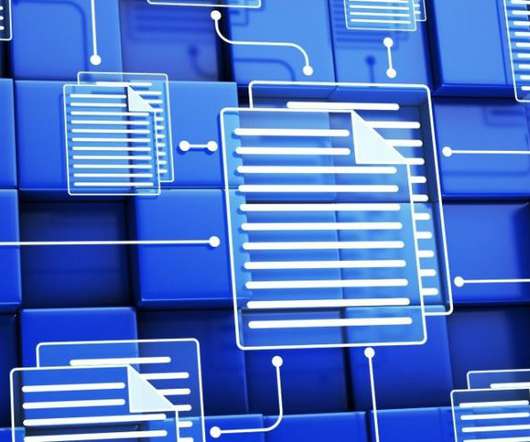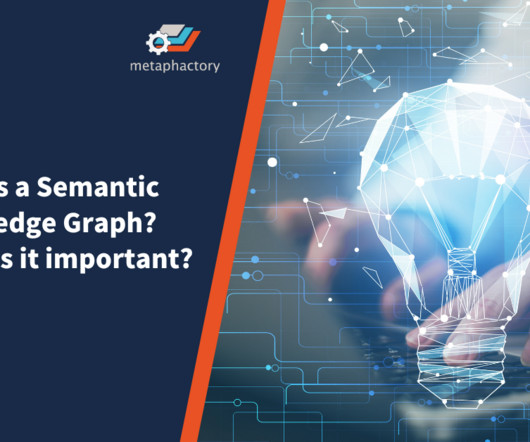Enabling Integration and Interoperability Across the Grid with Knowledge Graphs
Ontotext
JULY 15, 2024
It also adds flexibility in accommodating new kinds of data, including metadata about existing data points that lets users infer new relationships and other facts about the data in the graph. Linking the data to related data in other collections and adding other data to this collection.

















Let's personalize your content